Home>Ideas and Tips>How To Design A Cut Flower Garden
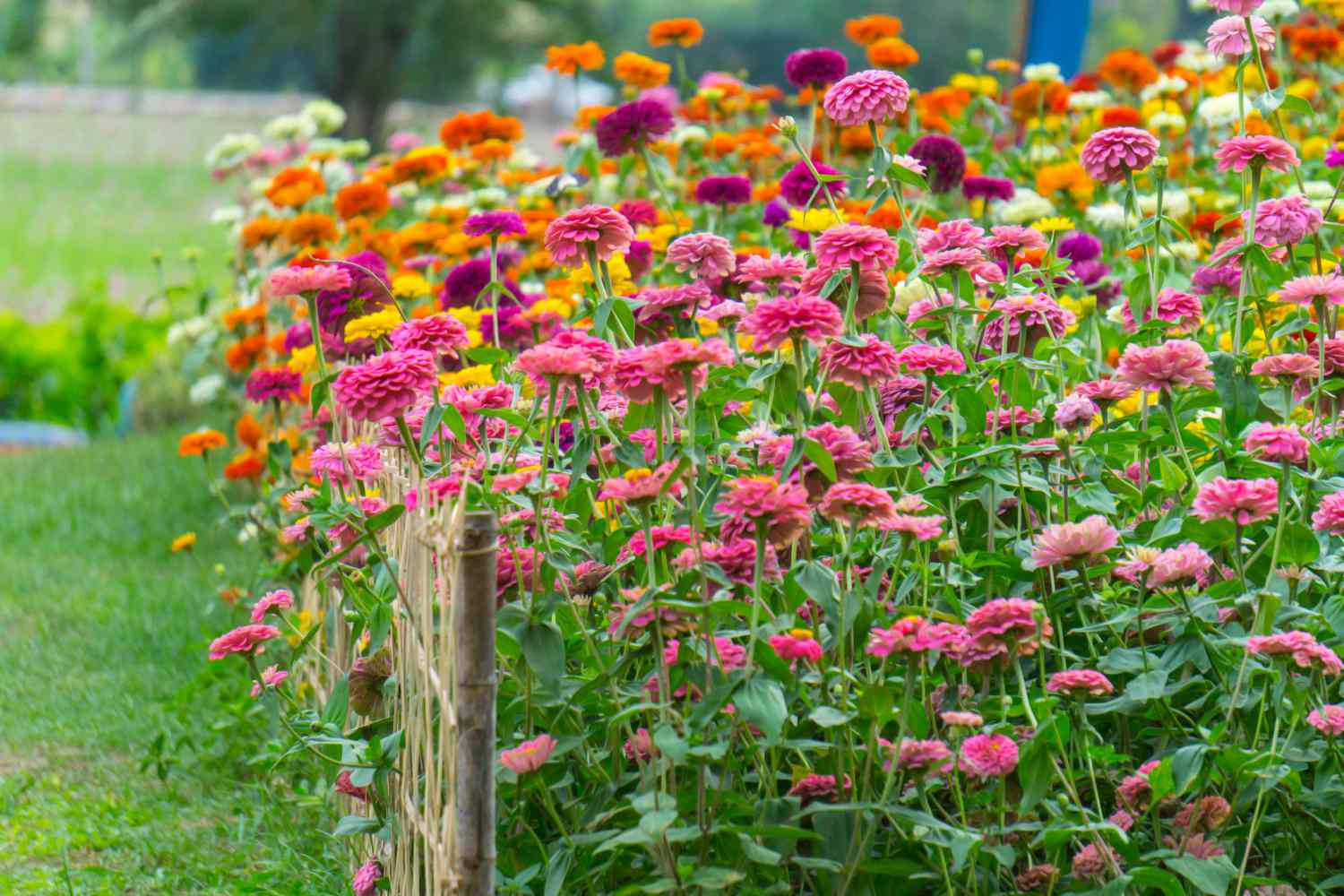

Ideas and Tips
How To Design A Cut Flower Garden
Published: September 18, 2024
Learn how to design a cut flower garden with our step-by-step guide. Maximize blooms and enjoy fresh flowers all season long.
(Many of the links in this article redirect to a specific reviewed product. Your purchase of these products through affiliate links helps to generate commission for Storables.com, at no extra cost. Learn more)
Creating a cut flower garden is a rewarding and beautiful way to enhance your home decor while enjoying the fruits of your labor. Unlike a regular flower garden, a cut flower garden is specifically designed to provide an abundance of fresh flowers for bouquets, arrangements, and other decorative purposes. In this article, we will guide you through the process of designing and maintaining a thriving cut flower garden, from planning and planting to harvesting and enjoying your blooms.
Planning Your Cut Flower Garden
Before you begin, it's essential to understand the basics of designing a cut flower garden. Unlike a regular flower garden, where aesthetics and variety are often the primary concerns, a cut flower garden is all about maximizing space and yield to ensure a continuous supply of fresh flowers.
Read more: How To Store Cut Flowers
Choosing the Right Location
The first step in designing your cut flower garden is to choose the right location. Cut flowers need plenty of sunlight to grow well, so select a spot that receives at least six hours of direct sunlight per day. Additionally, consider the soil quality and drainage. Most cut flowers prefer well-draining soil with a pH between 6.0 and 7.0.
Selecting the Right Flowers
When selecting flowers for your cut flower garden, it's crucial to choose varieties that are known for their vase life and ability to thrive in your climate. Here are some popular annual and perennial flowers that are ideal for a cut flower garden:
Annual Flowers
- Zinnias: These colorful flowers come in a variety of shapes and sizes and are easy to grow from seed. They are perfect for adding a pop of color to your bouquets.
- Cosmos: With their delicate, feathery foliage and vibrant blooms, cosmos are a favorite among cut flower gardeners.
- Dahlias: These showy flowers come in a range of sizes and colors and are perfect for adding drama to your arrangements.
- Marigolds: Bright and cheerful, marigolds are easy to grow and add a warm, sunny feel to any bouquet.
- Sunflowers: While they can grow quite tall, sunflowers are a great choice for adding height and texture to your arrangements.
Perennial Flowers
- Ranunculus: These small, delicate flowers come in a variety of colors and are perfect for adding a touch of elegance to your bouquets.
- Lavender: Not only do lavender flowers have a lovely fragrance, but they also come in a range of colors and are easy to dry for use in potpourri.
- Black-eyed Susans: These daisy-like flowers are easy to grow and add a bright, cheerful touch to any arrangement.
- Alstroemeria: These long-lasting flowers come in a variety of colors and are perfect for adding a pop of color to your bouquets.
Designing Your Garden
Unlike a regular flower garden, where design is often the primary focus, a cut flower garden is more functional. However, it's still important to consider the layout of your garden to ensure that all the flowers receive adequate sunlight and water.
Grid Style Design
One effective way to design your cut flower garden is by using a grid style layout, similar to square foot gardening. This method allows you to maximize space and minimize weeding. By planting flowers in a grid pattern, you can ensure that each plant receives the right amount of sunlight and water.
Positioning Taller Flowers
When designing your cut flower garden, it's important to position taller flowers on the north side of the bed so they don't shade shorter flowers. This will ensure that all the flowers receive adequate sunlight and can grow well.
Staking Tall Flowers
Some annual flowers like zinnias, cosmos, and dahlias can grow quite tall and may need staking to prevent them from toppling over in the wind. If you have a small space for your cut flower garden, you might want to consider passing on these flowers or planting them in a separate space.
Supplies Needed
To get started with your cut flower garden, you'll need a few basic supplies:
- Flower Seeds or Plants: You can start your cut flower garden from seeds or purchase seedlings from a nursery.
- Garden Gloves: These will protect your hands from thorns and dirt as you plant and maintain your garden.
- Garden Hand Tools: A trowel or small shovel is essential for digging holes for your plants.
- Slow Release Fertilizer: This type of fertilizer provides nutrients to your plants over a longer period, reducing the need for frequent watering.
- Mulch: Mulch helps retain moisture in the soil and suppresses weeds.
Read more: How To Design A Cottage-Style Flower Garden
Planting Your Cut Flower Garden
Once you've chosen your location and selected the right flowers, it's time to plant your cut flower garden.
Preparing the Soil
Before planting, prepare the soil by loosening it to a depth of about 12 inches. Add organic matter like compost or well-rotted manure to improve soil fertility and drainage.
Planting Seeds
If you're starting from seeds, sow them directly into the prepared soil about 1/4 inch deep. Cover the seeds with a thin layer of soil and water gently but thoroughly.
Planting Seedlings
If you're using seedlings, dig holes that are slightly larger than the root ball of the plant. Gently remove the plant from its pot and place it in the hole. Fill in the hole with soil, firming it gently around the roots.
Read more: How To Design A Flower Garden
Watering
After planting, water your cut flower garden thoroughly to settle the soil. Keep the soil consistently moist during the first few weeks after planting.
Maintaining Your Cut Flower Garden
Once your cut flower garden is planted, it's essential to maintain it properly to ensure a continuous supply of fresh flowers.
Read more: How To Design A Flower Garden
Watering
Cut flowers need consistent moisture to grow well. Water your garden deeply once or twice a week, depending on weather conditions. Avoid overwatering, which can lead to root rot and other problems.
Fertilizing
Use slow-release fertilizer to provide nutrients to your plants over a longer period. Follow the instructions on the packaging for application rates.
Read more: How To Design A Cottage-Style Cutting Garden
Mulching
Mulch helps retain moisture in the soil and suppresses weeds. Apply a layer of mulch around 2-3 inches thick after planting.
Pruning
Pruning is crucial for encouraging your cut flowers to produce more blooms. Remove spent flowers (deadheading) to encourage the plant to produce more blooms. Also, trim back tall stems to promote bushy growth.
Harvesting Your Cut Flowers
The best part of having a cut flower garden is harvesting your blooms. Here are some tips for harvesting your cut flowers:
Choosing the Right Time
Harvest your cut flowers when they are in full bloom. For annuals like zinnias and cosmos, this is usually when the flowers are fully open. For perennials like ranunculus and alstroemeria, you can harvest individual blooms as they open.
Cutting Stems
When cutting stems, make sure to cut them at an angle. This helps prevent water from collecting on the stem and promotes better water uptake. Remove any leaves that will be below the waterline in your vase to prevent bacterial growth.
Preparing Stems for Vase Life
To ensure that your cut flowers last longer in a vase, strip all leaves off the stem except for the top two sets of leaves. This helps prevent bacterial growth and keeps the stems fresh.
Tips for Creating Long-Lasting Bouquets
Creating long-lasting bouquets from your cut flowers is easier than you think. Here are some tips to keep your bouquets fresh for longer:
Using Floral Foam
Floral foam helps keep stems in place and promotes better water uptake. Cut the foam to fit your vase and soak it in water before adding your stems.
Read more: A Guide To Starting Your Own Flower Garden
Adding Preservatives
Floral preservatives contain ingredients like sugar and acid that help extend the life of your cut flowers. Follow the instructions on the packaging for application rates.
Keeping Vases Clean
Regularly clean your vases with soap and water to prevent bacterial growth. Rinse thoroughly before adding fresh flowers.
Conclusion
Designing a cut flower garden is a rewarding and beautiful way to enhance your home decor while enjoying the fruits of your labor. By following these steps—choosing the right location, selecting the right flowers, designing your garden effectively, maintaining it properly, and harvesting your blooms—you can create a thriving cut flower garden that provides you with a continuous supply of fresh flowers all season long. Whether you're a seasoned gardener or just starting out, creating a cut flower garden is an excellent way to bring beauty and joy into your life.
Was this page helpful?
At Storables.com, we guarantee accurate and reliable information. Our content, validated by Expert Board Contributors, is crafted following stringent Editorial Policies. We're committed to providing you with well-researched, expert-backed insights for all your informational needs.
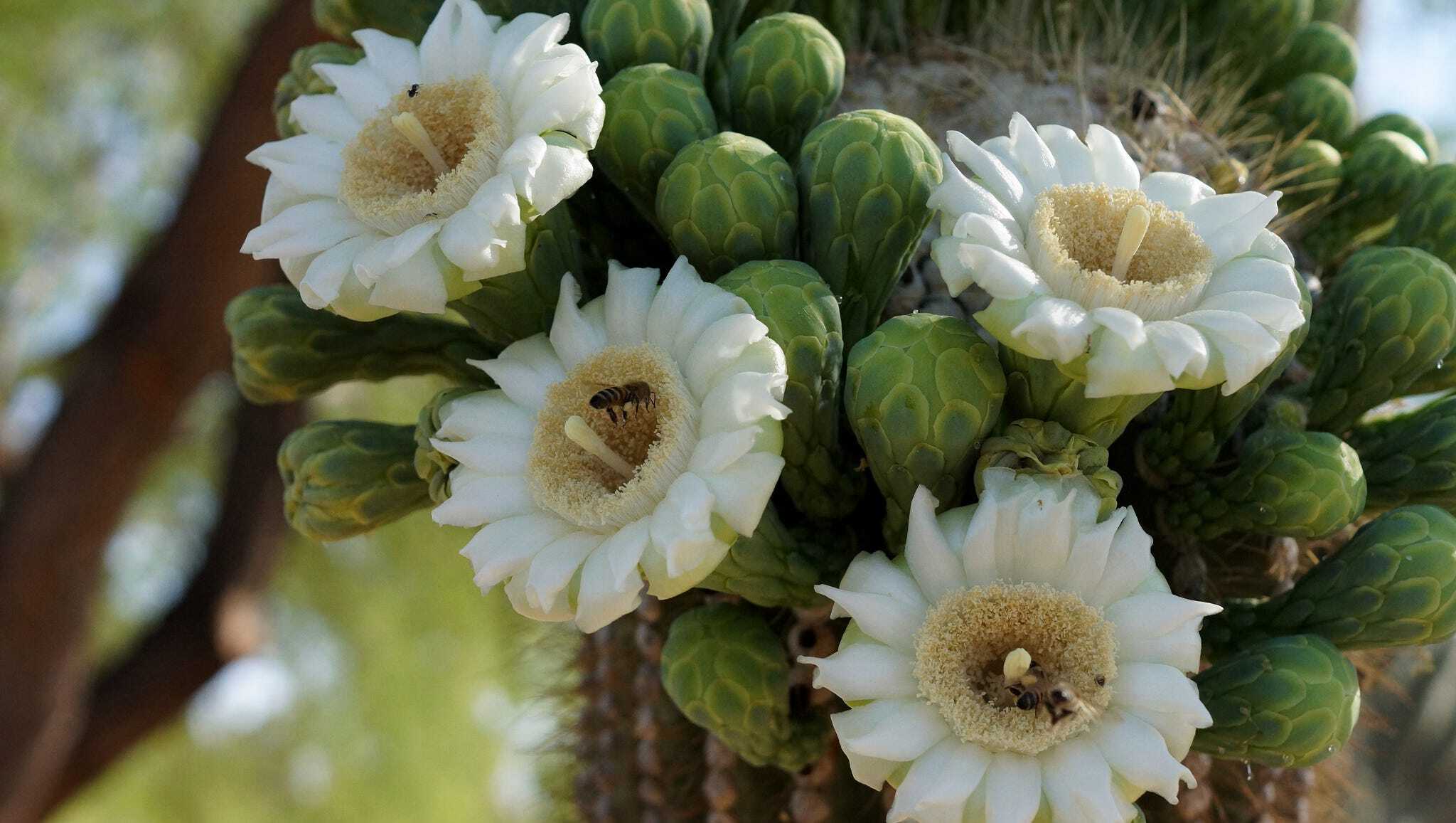
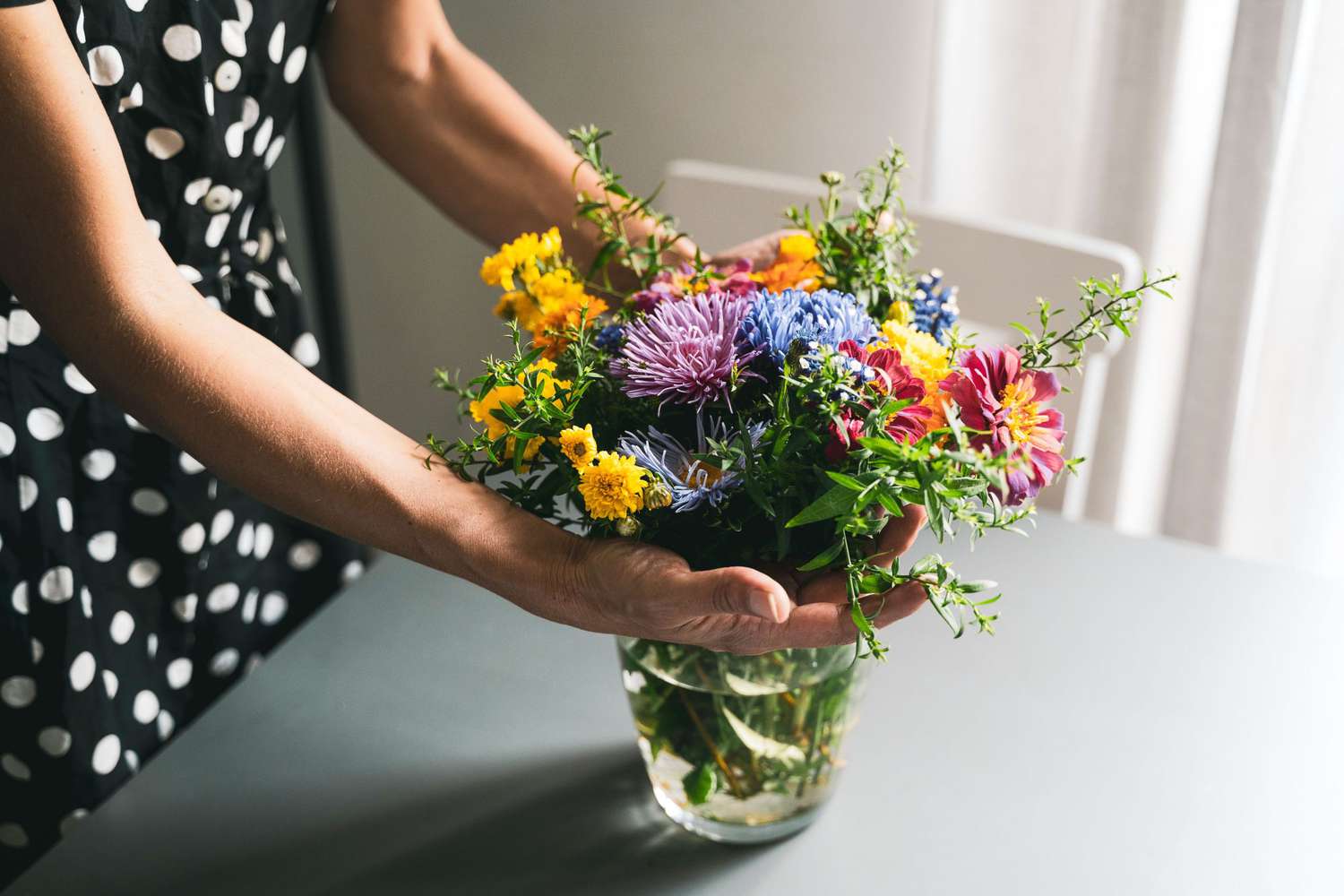
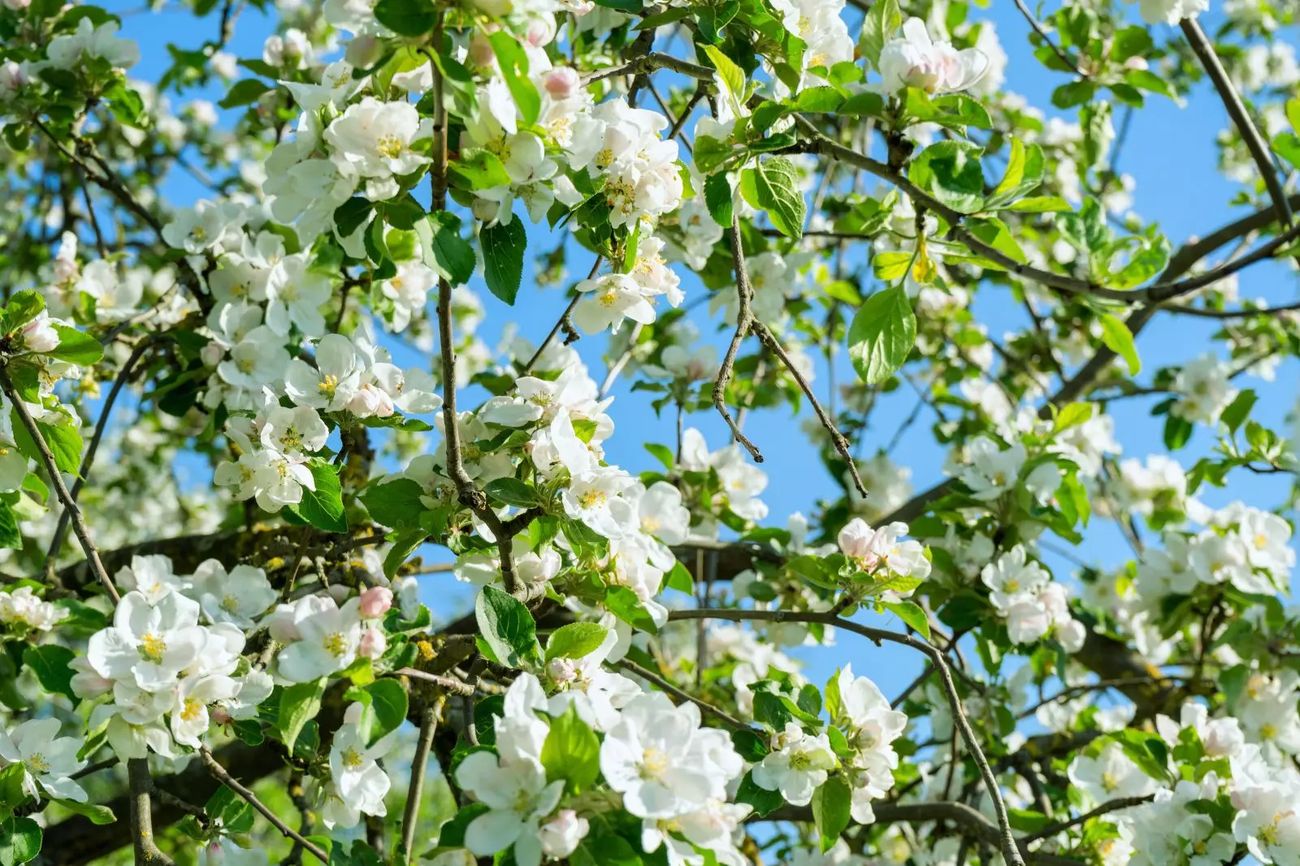
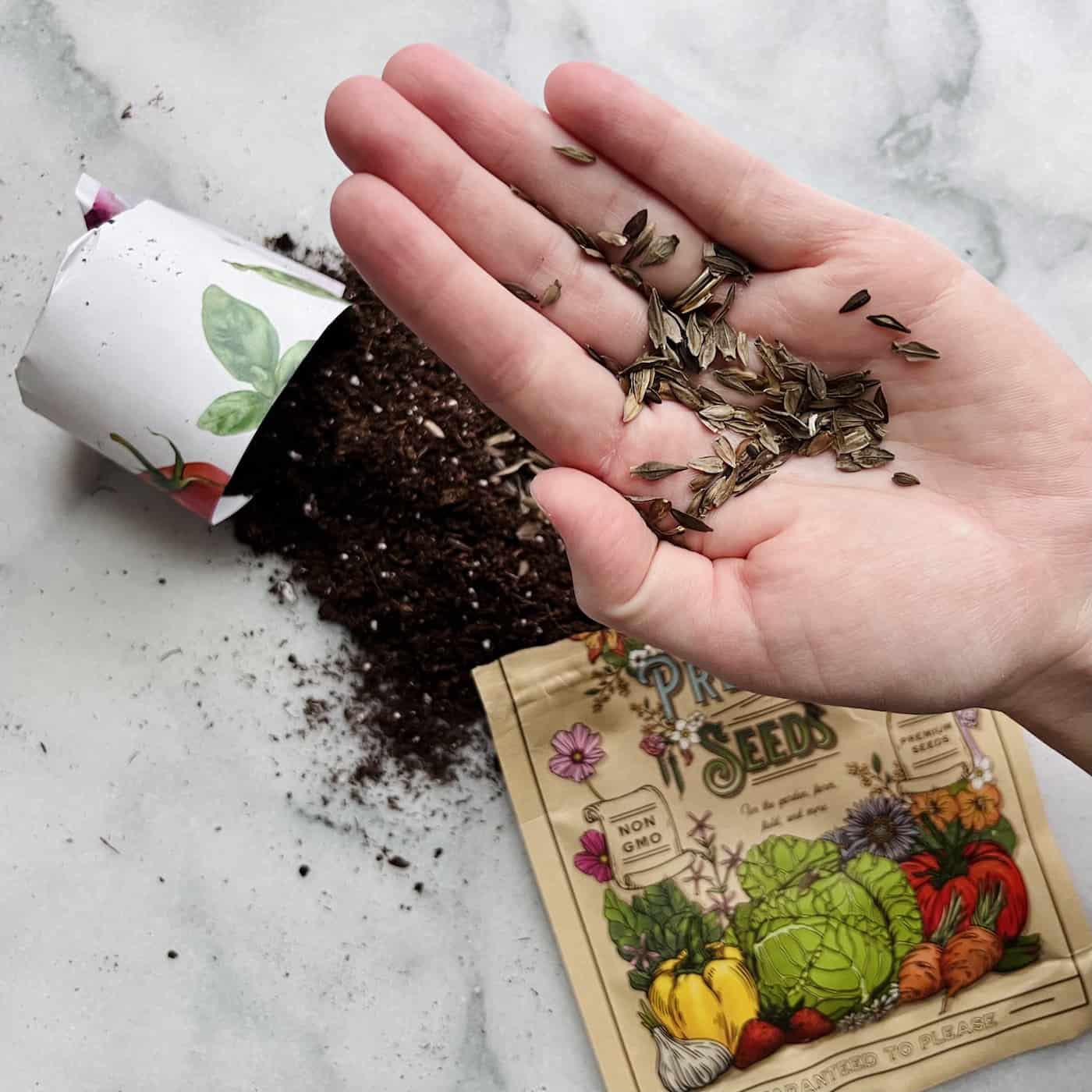

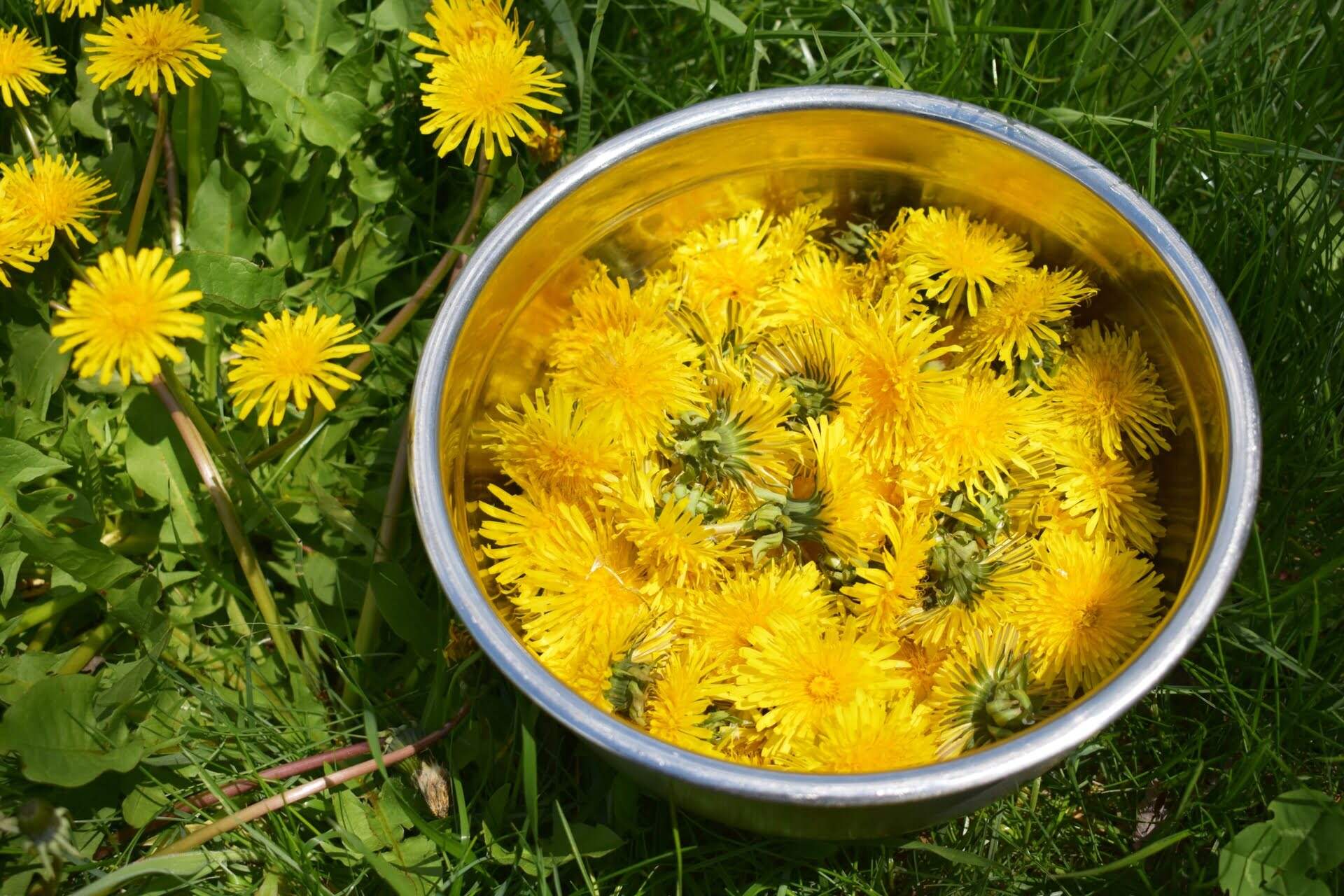
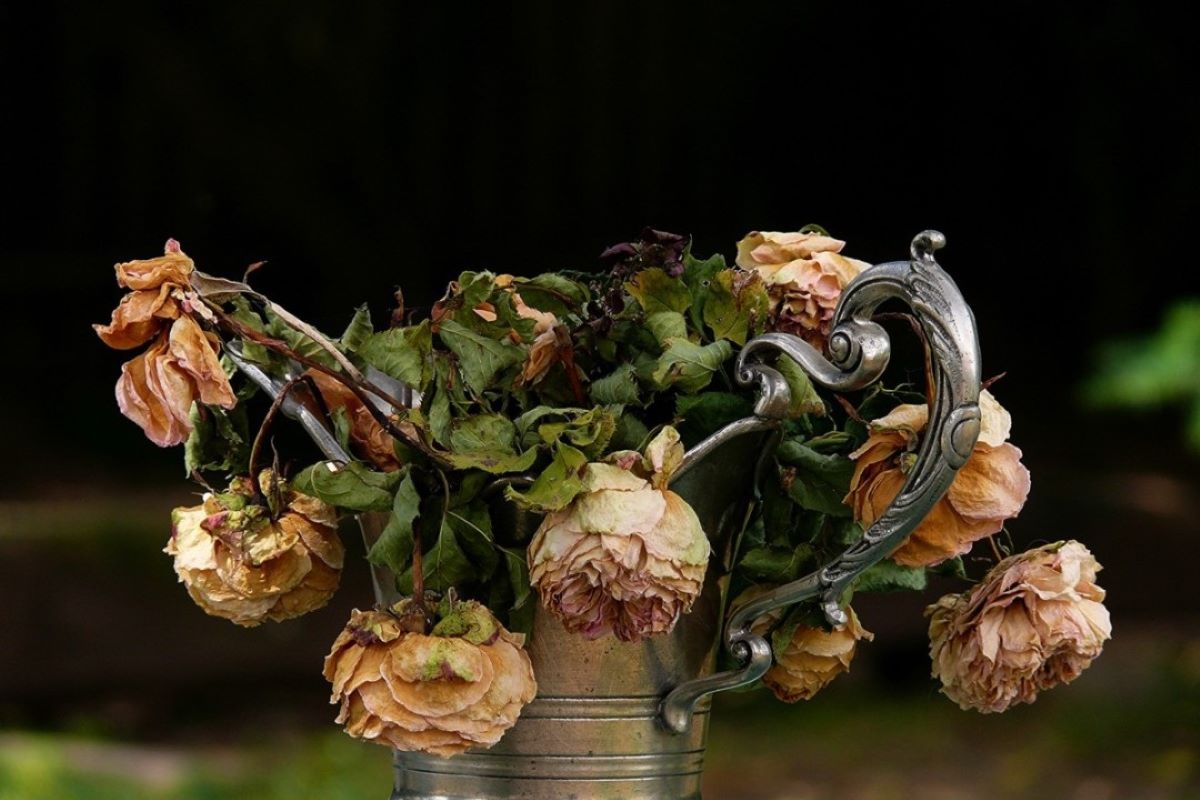
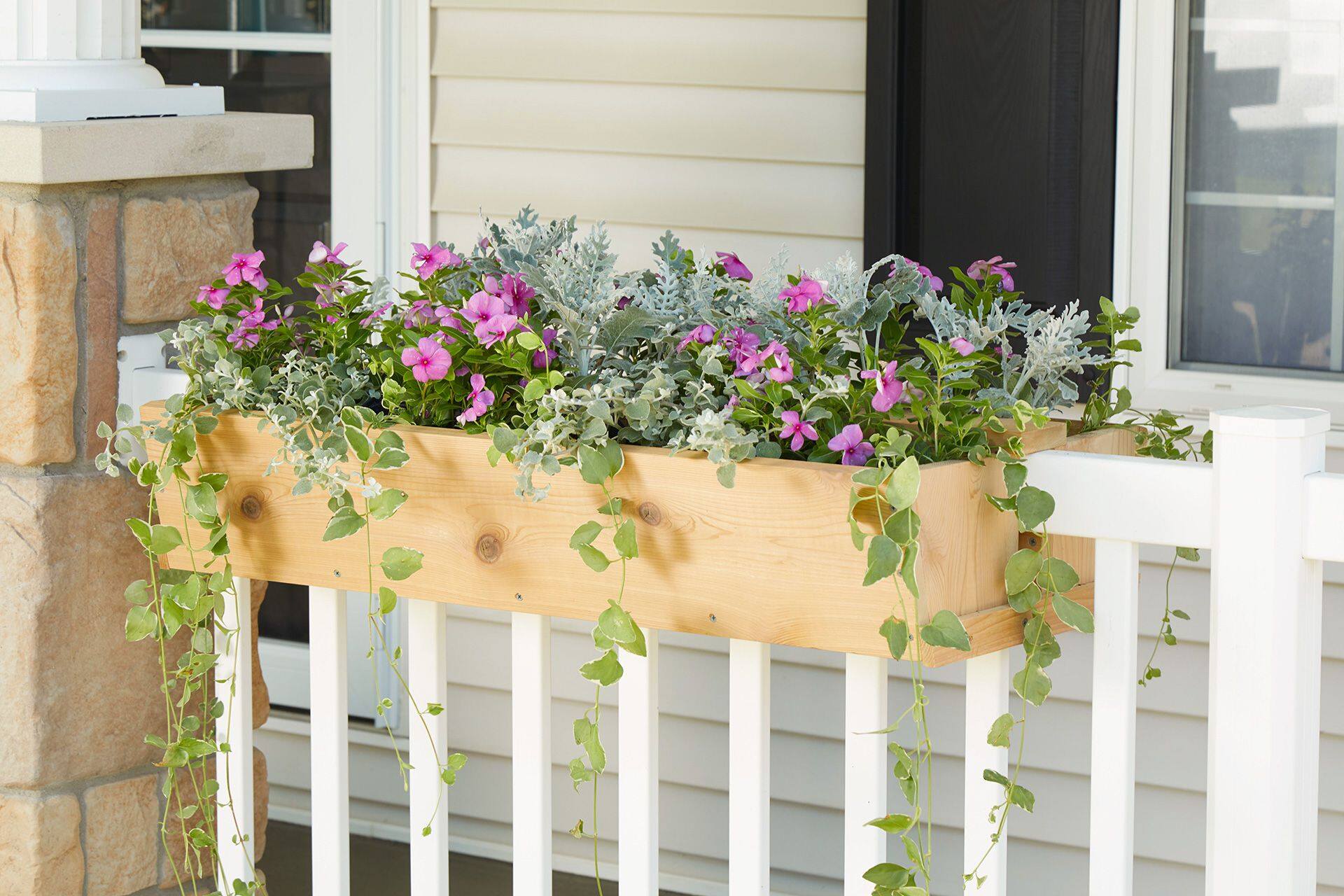
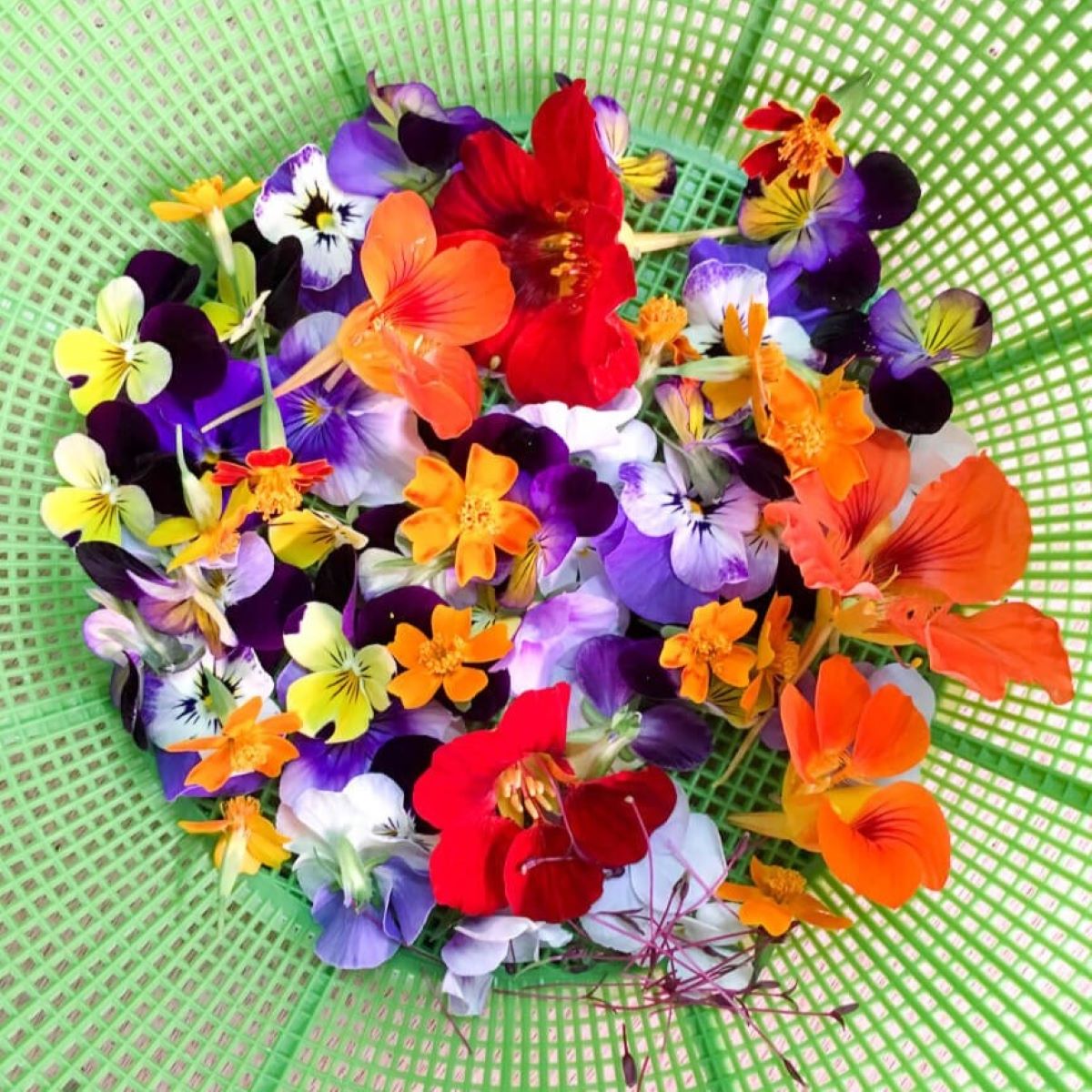
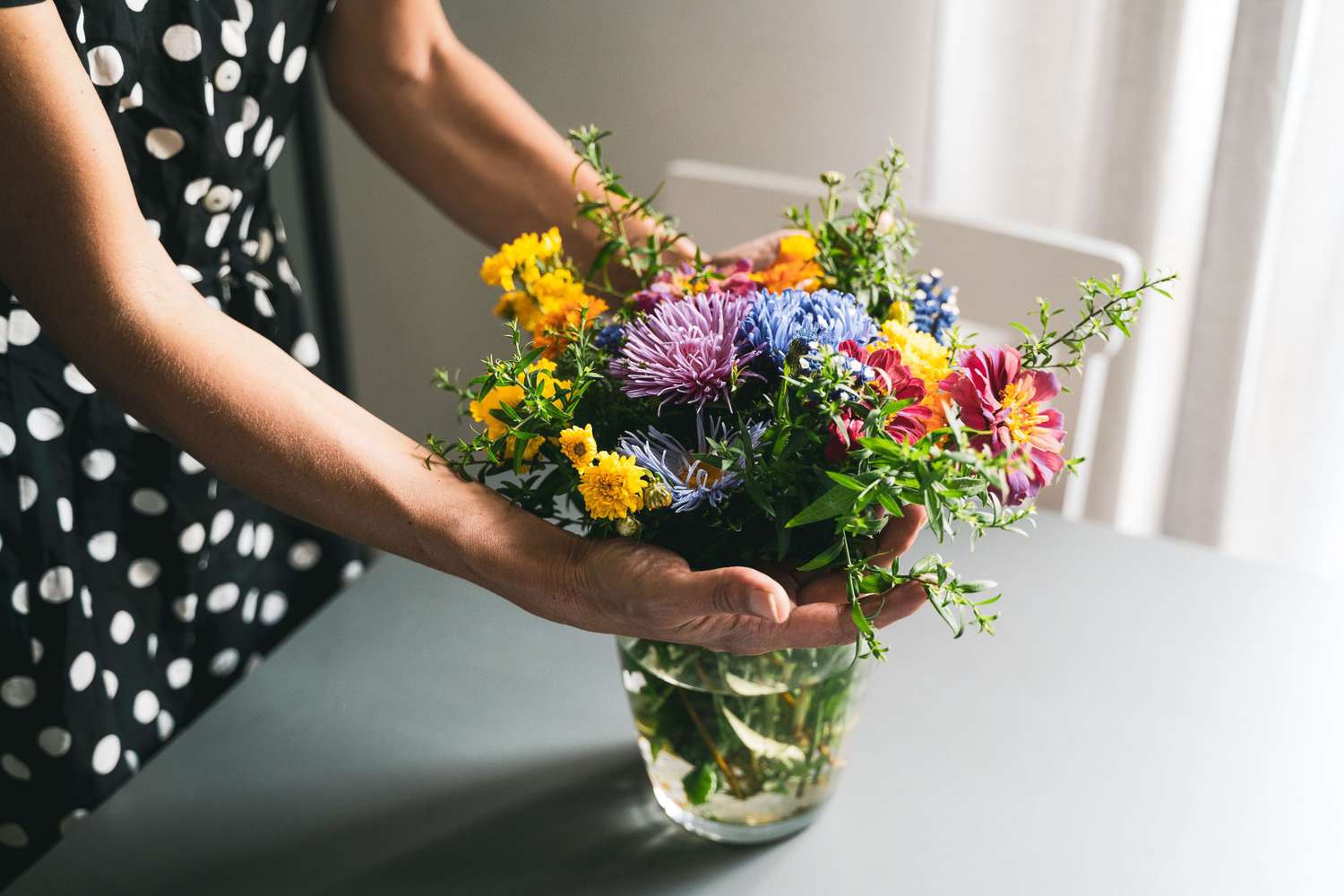

0 thoughts on “How To Design A Cut Flower Garden”